Hello everyone, the last stage of our trip to Africa will be in the Masai Mara National Reserve in Kenya.
Located in southwest Kenya, the Masai Mara National Reserve is one of the most famous safari destinations in the world. Covering approximately 1,510 square kilometers, it is part of the Mara-Serengeti ecosystem, shared with the Serengeti National Park in Tanzania. The Masai Mara is best known for its exceptional concentration of wildlife, its vast golden plains dotted with acacia trees, and for being the scene of the great wildebeest migration, a breathtaking natural spectacle.
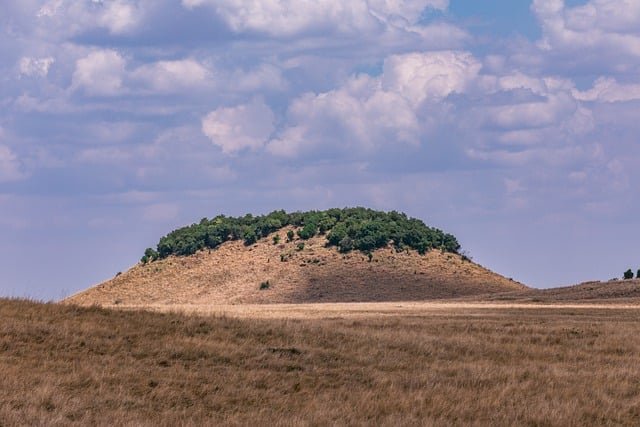
An Unforgettable Safari
The Masai Mara is one of the best destinations for a safari in Africa thanks to its diversity of wildlife and the abundance of its Big Five (lion, leopard, elephant, buffalo, and rhino). The reserve's vast plains are also home to a multitude of other species, including cheetahs, hyenas, giraffes, zebras, antelopes, and more than 450 species of birds. A Masai Mara safari almost always guarantees encounters with lions on the hunt or majestic elephants crossing the savannahs.
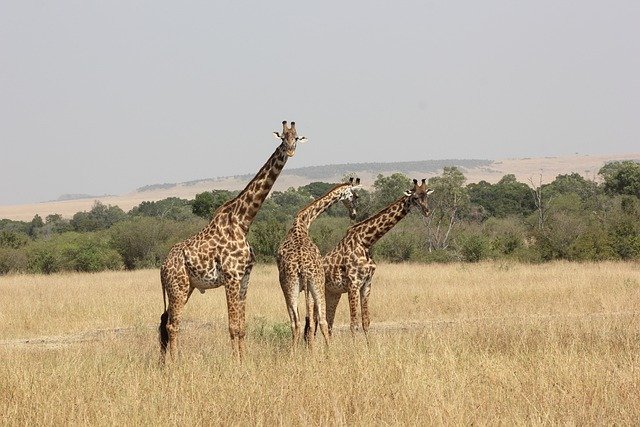
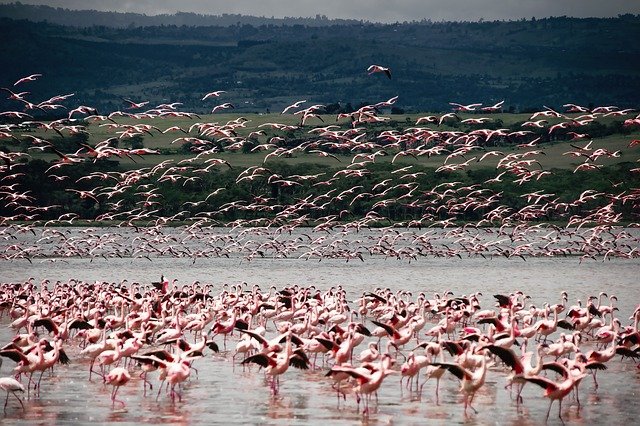
Safaris in the park are usually done in 4x4 vehicles with experienced guides who know where to find the animals. Safaris can be organized at different times of the day, but morning and evening are the preferred times, as the animals are more active at these times. For an even more immersive experience, it is also possible to opt for walking safaris or even hot air balloon safaris to admire the beauty of the reserve from the air at sunrise.
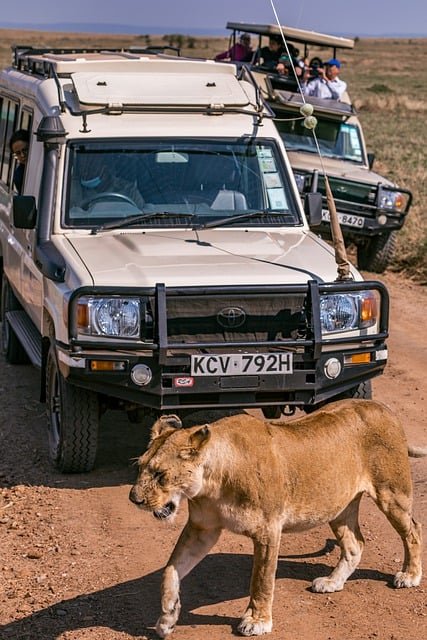
The Great Migration
One of the most spectacular times to visit the Masai Mara is during the Great Migration, an incredible natural phenomenon that takes place between July and October. Every year, more than 1.5 million wildebeest, accompanied by thousands of zebras and gazelles, cross the Mara River in search of new pastures, forming one of the greatest wildlife spectacles in the world.
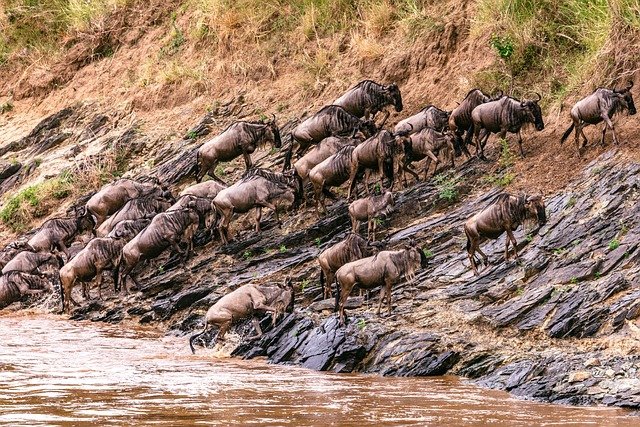
This migration is also a great time to observe predators in action. Lions, leopards and giant crocodiles wait for their chance to catch prey as the herds attempt to cross the rushing river. The dramatic scenes of crossing the Mara River are an unforgettable moment for all wildlife lovers.
Accommodation and Local Experience
Accommodation options around the Masai Mara are varied, from luxury lodges to more authentic tented camps, all designed to offer total immersion in nature. Lodges and camps are often located close to wildlife, allowing you to hear the roar of lions at night or the sound of elephants moving near the camps.
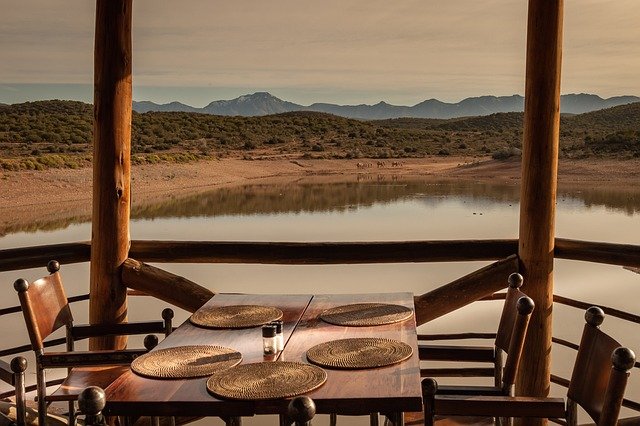
Some camps offer walking safaris led by Masai guides, who share their vast knowledge of wildlife, local plants and culture. Meeting local Masai communities is also an enriching part of the experience. The Masai, famous for their culture and traditional way of life, inhabit the areas adjacent to the reserve and are often hired as guides to offer visitors insight into their culture, traditions and unique relationship with nature.
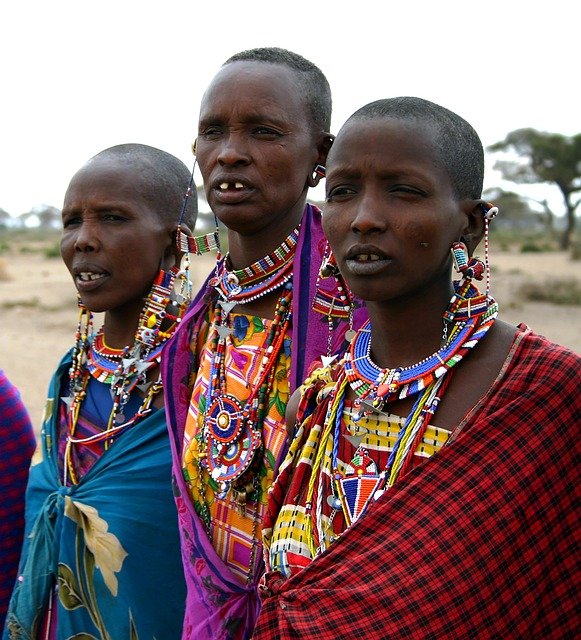
When to Visit the Masai Mara
Although the Masai Mara is a year-round destination, the ideal time to view wildlife in all its glory is during the dry season, from June to October, when the great migration is underway and animals congregate around rare watering holes.
During the wet season, from November to May, the reserve is less frequented by tourists and the vegetation is greener. Although wildlife is still abundant, it can be harder to spot due to the denser vegetation. This is also a great time for birdwatchers, as many species of migratory birds arrive in the area.
Complementary Activities
Besides safaris, there are other activities to enrich your Masai Mara experience:
Hot air balloon flight: This must-do activity allows you to observe the vast plains of the reserve from the air at sunrise, offering a unique perspective on the wildlife and landscapes.
Masai Village Tour: Learn more about Masai culture by visiting a traditional village, where you can experience their way of life, dances, and even buy local crafts.
Walking safari: For a more intimate and closer to nature experience, walking safaris accompanied by Masai guides offer a unique perspective on the region's flora and fauna.
Conservation and Sustainable Development
The Masai Mara plays an essential role in the conservation of wildlife, but also in the development of local communities. Conservation efforts are important to protect the region's biodiversity, and many initiatives are in place to support both wildlife and local people.
By visiting the reserve, tourists directly contribute to the preservation of this unique ecosystem. Several lodges and camps adopt eco-responsible practices, and safaris are organized with respect for the animals and their natural habitat.
The Masai Mara National Reserve is a must-see destination for anyone wanting to experience an authentic safari in Africa. With its abundant wildlife, breathtaking landscapes and unique encounters with the Masai, the reserve offers an unforgettable experience for all nature and adventure lovers. Whether you come to observe the great migration, the majestic Big Five, or simply to relax in nature, the Masai Mara promises you total immersion in one of the most beautiful wild regions in the world.
Thank you for reading, liking and commenting this article, please subscribe!